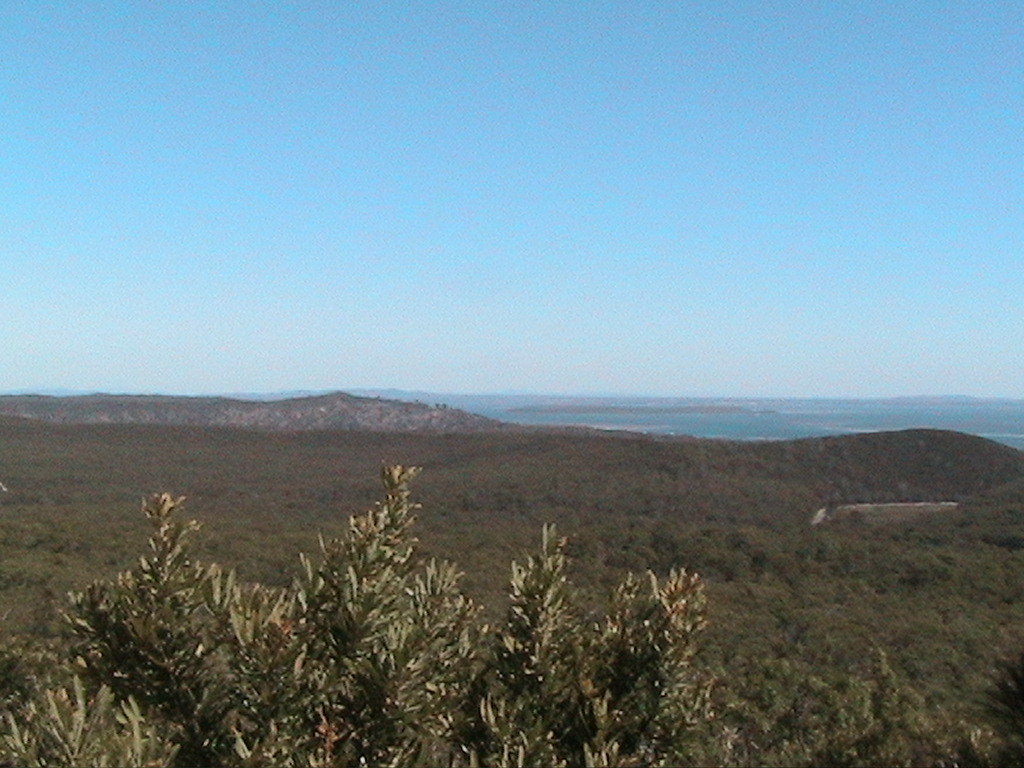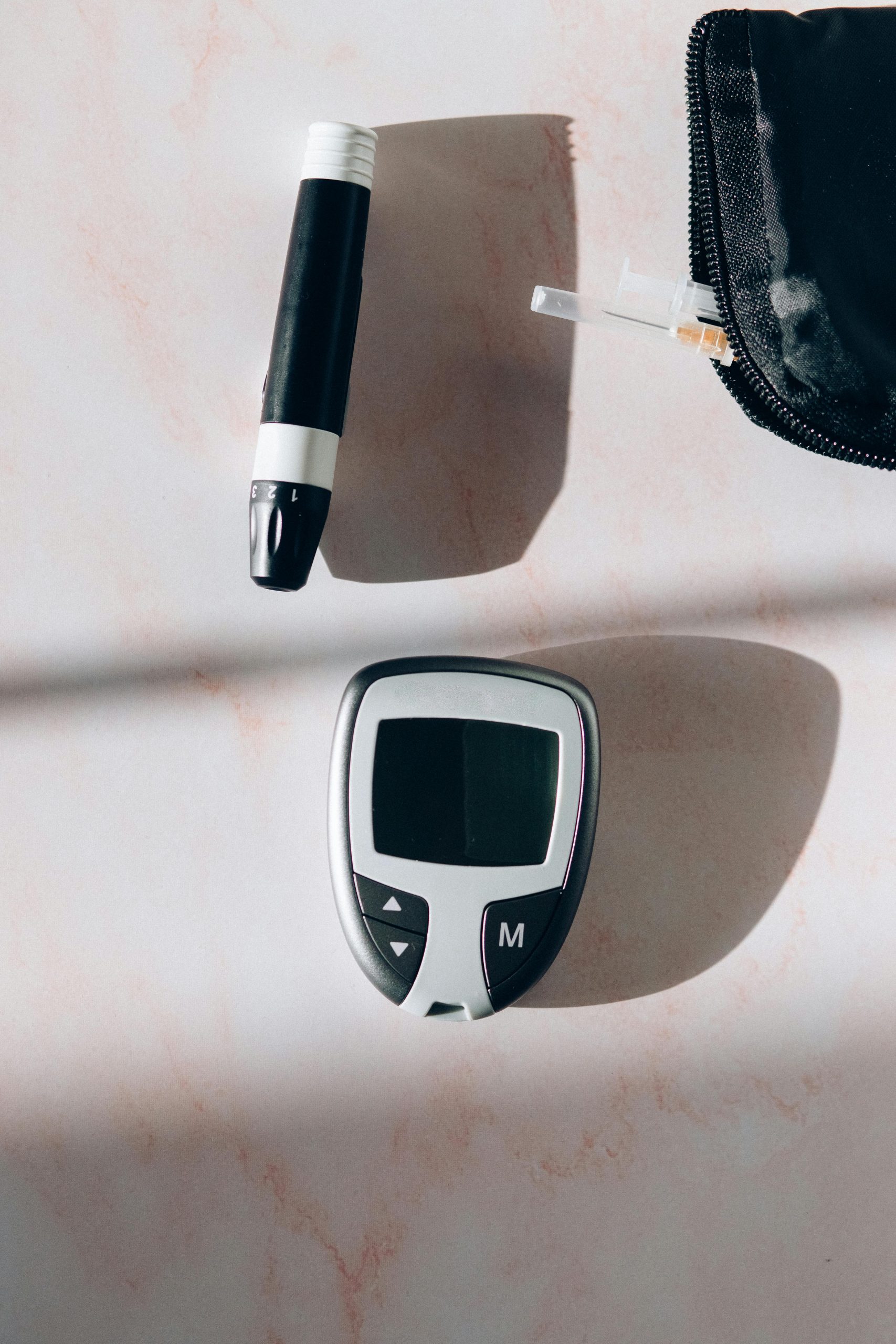Why don’t more Australian-made and owned products proudly display that information? Ever since the Trump tariffs came into play, I’ve become increasingly curious about which products are truly Australian and which are owned by US parent companies. I’ve started keeping a list of everyday grocery items.
What I found surprising is that there are actually more Australian-owned companies producing everyday groceries than I initially thought. However, it takes a bit of research to uncover this.
I understand there’s a fee to use the green and gold kangaroo logo, but what’s stopping companies from simply labeling their packaging with “Australian made and owned”?
It seems like a missed opportunity for promotion. Even before all the Trump-related discussions, I would have chosen an Australian product over a foreign-owned one—thinking that most of our groceries were dominated by overseas multinationals.




It’s great to hear that you’re taking an interest in supporting Australian-made and owned products! The issue of labeling can be quite complex. While the green and gold kangaroo icon is a well-recognized symbol for Australian-made goods, companies must meet certain criteria and pay for the right to use it, which might deter some from applying for it.
As for why more companies don’t simply label their products as “Australian made and owned,” there are a few reasons. First, companies might be concerned about the legal implications of making such claims. If they can’t substantiate their claims or if there’s any ambiguity about the ownership or production processes, it could lead to accusations of misleading advertising.
Second, many companies may not realize the marketing potential of highlighting their origins. Promoting Australian ownership and production could indeed resonate with consumers who prioritize local goods, but some companies might focus more on other marketing strategies that they believe will drive sales.
Finally, it’s possible that some brands feel that “Australian made” or “owned” isn’t a crucial selling point for their target market, or they might assume consumers aren’t as interested as they actually are. As you mentioned, doing a bit of digging can reveal a lot, and it’s unfortunate that not all brands capitalize on the opportunity to promote their Aussie roots.
Your efforts to identify and choose Australian products are commendable! It can really drive change in consumer behavior and encourage more companies to be transparent about their origins. Perhaps your findings could even inspire a conversation within the community to encourage more brands to embrace and promote their Australian heritage.